----
fucktonofanatomyreferences: A delicious fuck-ton of...
// Art and Reference point
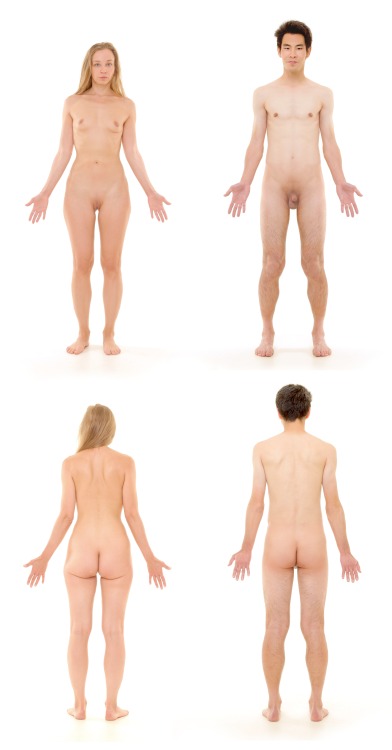

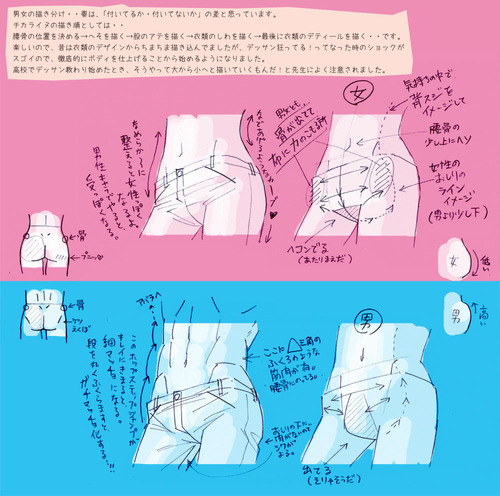


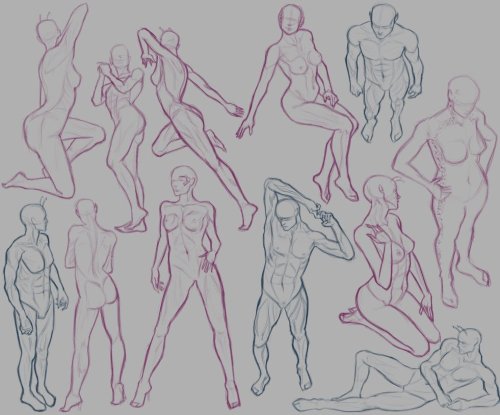
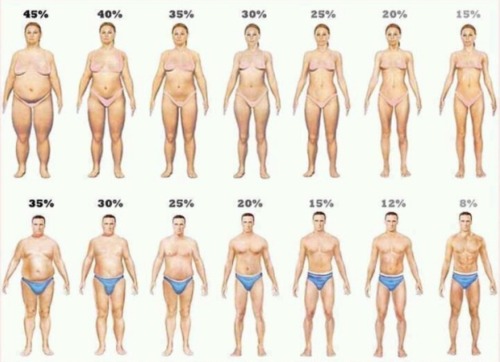
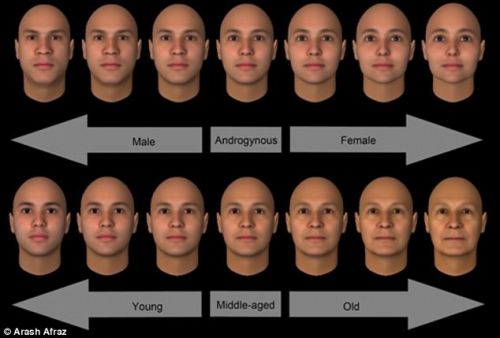
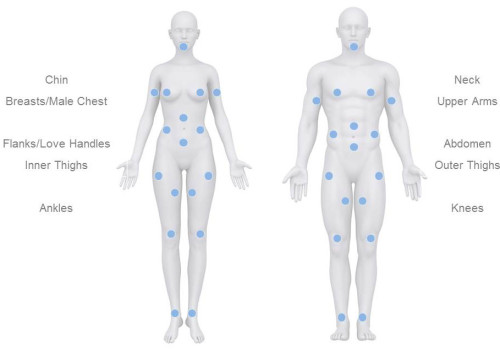
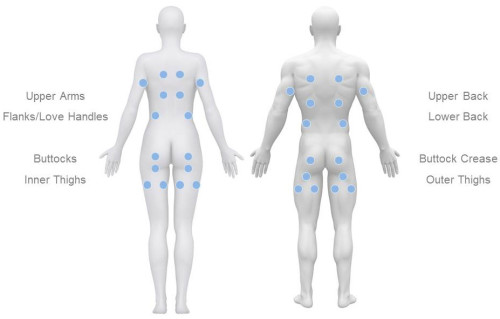
A delicious fuck-ton of various male/female corporeal juxtapositions.
[From various sources]
a good female/male comparison.
----
Shared via my feedly reader










A delicious fuck-ton of various male/female corporeal juxtapositions.
[From various sources]
a good female/male comparison.
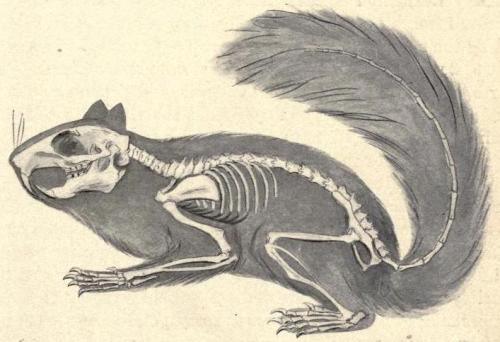
Skeleton of the squirrel, showing its relation to the body
Check out that skull and those teeth - the family Sciuridae is more closely related to beavers, dormice, and porcupines, than they are to your average household rodent, despite looking like "fancy-dress rats".
The skull is often a key differentiating factor for comparative zoologists. The design of the inner ear and teeth/jaws can often point to a very different (and much more accurate) classification of a species than body type.Animal Forms: A Textbook of Zoology. David S. Jordan and Harold Heath, 1902.
how the fuck do legs work i don't
i have a few feet ones too
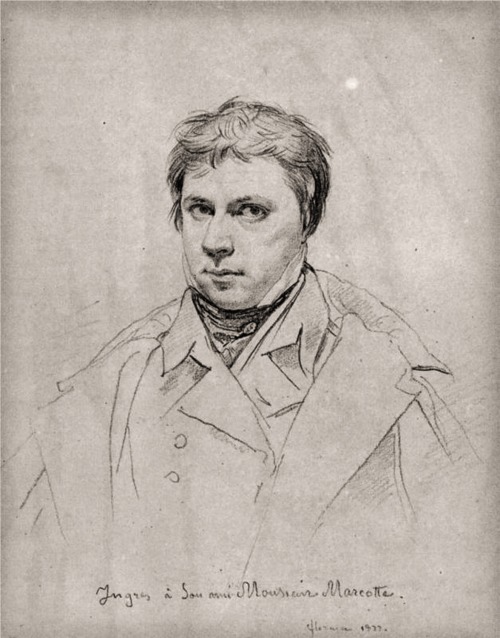
Jean-Auguste-Dominique Ingres
Self-Portrait (1822)
National Gallery of Art, Washington
i am drawing gentlemen from the early to mid-nineteenth century and i have to say the clothes and hair and the whole look is pretty cool. the wigs had gone and they start looking like real people.
 | Walter Simonson (@WalterSimonson) |
When Black Elves dream… Brynja structure drawing. Pencil. 7.8 x 11.5. 2014. pic.twitter.com/aNVaQwuwo3 | |
 | Jorge González (@jorgeilustra) |
Ingres pic.twitter.com/qHx5v5whqu | |
 | Jorge González (@jorgeilustra) |
Ingres pic.twitter.com/8F0EFv5L1x | |
 | Jorge González (@jorgeilustra) |
Ingres pic.twitter.com/k0iBV8XXEe | |

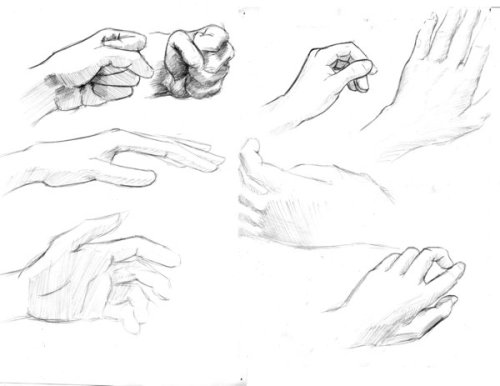
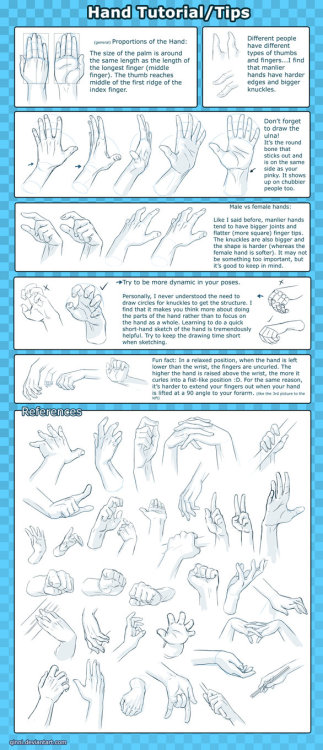
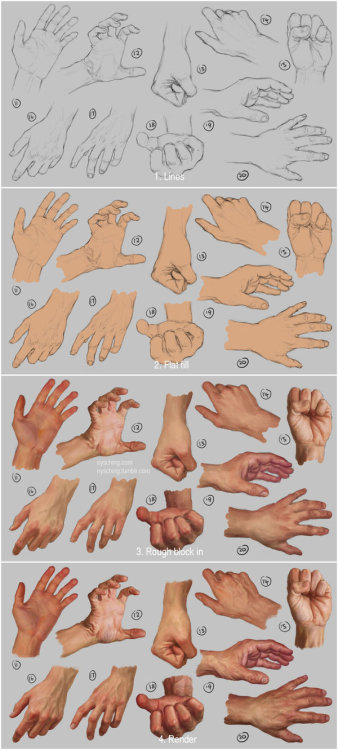
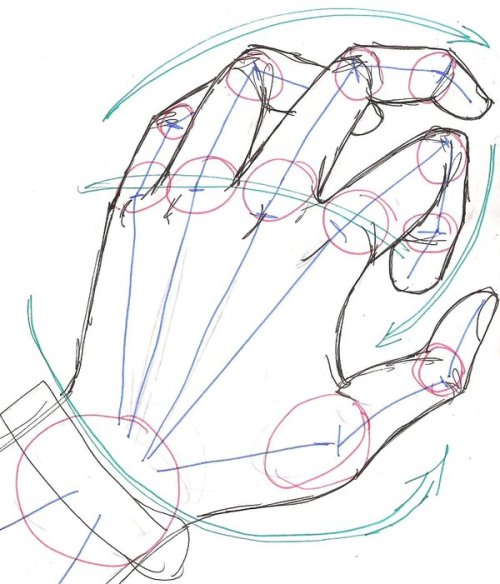




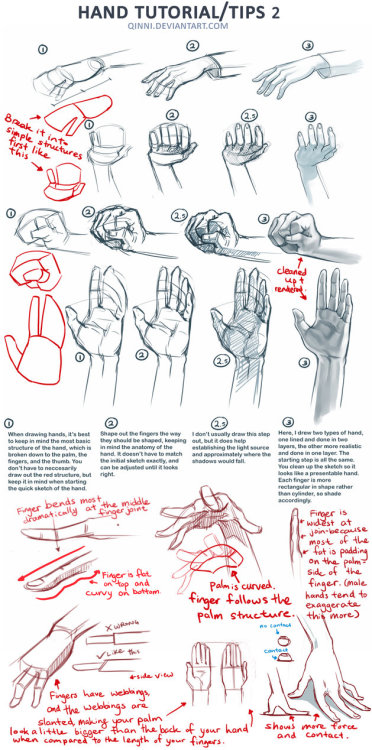
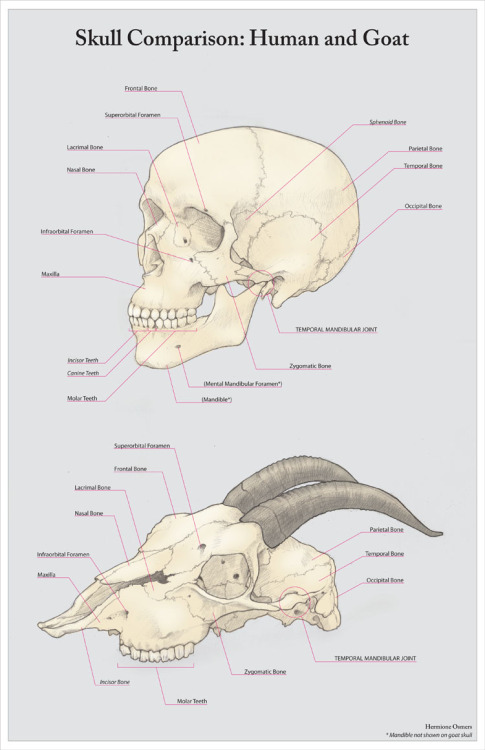
Bones 2
by Hermione Osmers [~box-jellyfish]
Scientific illustrator – [website] flora + fauna
I was recently on the train with a friend who caught the attention of an artist sitting across from us. She started drawing my pal. We were thrilled! It was an exciting moment as we watched my friend's face appear on the paper in front of us. As the artist went about her work, I observed her in action--and then went home and did a little more research to pull together these tips on how to draw people that might be useful.
 | ||
| Self Portrait by Jon deMartin, 2011, chalk drawing on toned paper, 17 x 14. |
Move your hand--and the paper. I was initially surprised at how often the artist drawing my friend would move around. But in hindsight, this makes perfect sense. The gesture of our hand when staying in one place can only change so much, so altering the position of the hand or the surface we are drawing upon can help you get the marks you want.
You are not connecting the dots. My impulse is always to draw people starting with a bold outline that goes all around their body or face. But that's an elementary urge, and in reality I don't need a rigid enclosed outline to create dynamic drawings of people. I can use intermittent lines, marking the nose or the hand for example, and the viewer's eye will often fill in the rest.
 | ||
| Julie in Profile by Jon deMartin, 2009, chalk drawing on toned paper, 24 x 18. |
This is only the tip of the iceberg of what it takes to learn how to draw a person, but it's definitely a place to start. For more in-depth instruction on drawing people, consider the Anniversary Edition of Drawing People. Enjoy!

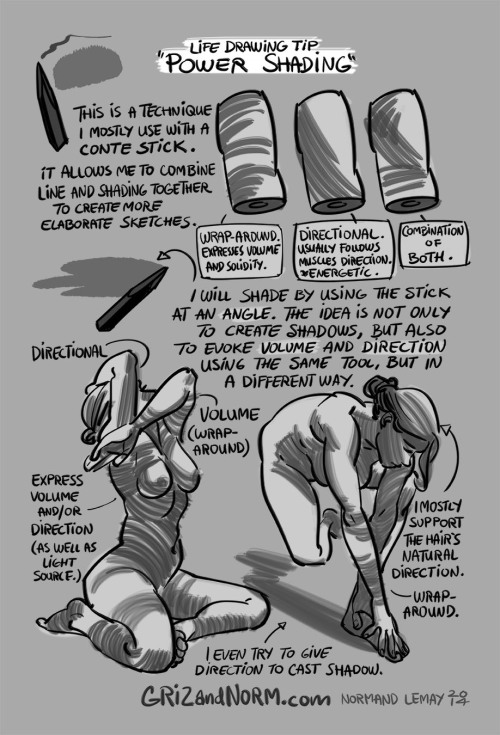
Tuesday Tips - Power Shading
Here's a technique I use often when attending life drawing sessions, especially nude sessions. I feel like it gives an energy and direction as well as clear volume to the figure. The more i know about underlying muscles, bones and general body structure, the more I can express through this technique. It's kind of like a classic brush work when dealing with ink. It's just more forgiving when using a Conte stick, by varying the angle and pressure of it.
Try it out!
Norm